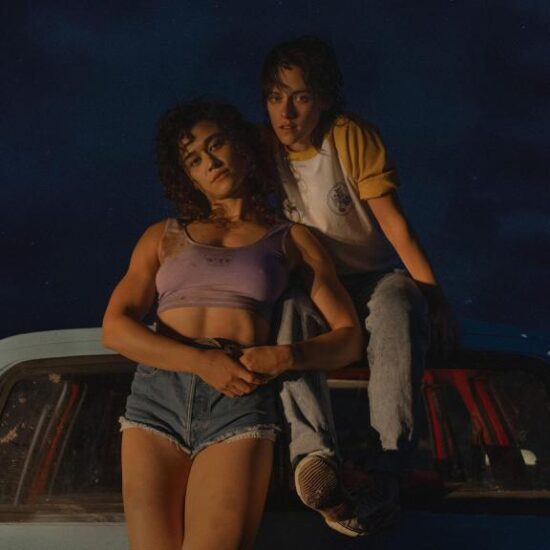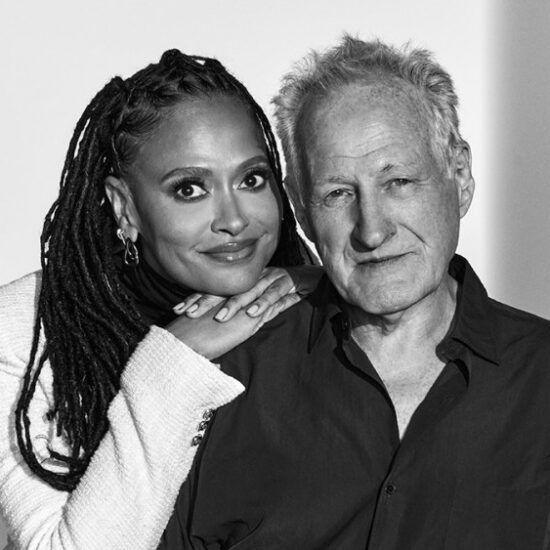
It’s been over a decade since Sarah Polley released a film, but now she is finally back with her adaptation of Miriam Toews’ 2018 book “Women Talking.” The movie follows a community of Mennonite women who have been drugged and raped. When they gather to discuss their future, they must determine whether to stay and fight, or try to leave safely.
Speaking at Variety’s Artisans Screening Series, Polley told senior artisans editor Jazz Tangcay, “What’s much more important in terms of this story, is the impact that those events have on the women, not the events themselves.” She continued, “I was very interested in the aftermath and that moment where it’s very hard to remember the details of a situation because you’ve been so traumatized.”
Polley was joined by her collaborators on the film, cinematographer Luc Montpellier, production designer Peter Cosco, costume designer Quita Alfred and editors Christopher Donaldson and Roslyn Kalloo.
When it came to cutting those moments as the women are having this conversation about their future, Donaldson says, “There was sort of a contradictory impulse in the pacing and in the structure, which is the women have to flee, but they also have to leave. We had to find a language in the performances and in the structure of the film that sort of reflected both of those things without one, the audience going, ‘Stop talking and leave,’ and then the audience also saying, ‘No, they haven’t finished, they don’t know why they’re leaving yet. They can’t.’”
For Donaldson, it was working to distill the performance and dialogue, but to keep the story moving. He adds, “It was important to Sarah that they have to keep coming back to ideas.”
Kalloo added that the idea of following 10 characters in a single location was quite challenging.
Polley said she had been working with Montpellier since the beginning of her career, and the two spent many months discussing the visual language of the film. Montpellier says, “Sarah has this great thing where she rewrote the script in beat form with all the turning points in the film so that we could really track where shifts were happening and when characters were changing their minds.”
Working with a desaturated color palette, Alfred sourced authentic fabrics in Southern Manitoba from Mennonite suppliers. Once she had them in hand, she sent them out to Montpellier for camera tests.
Alfred’s other task was subtly differentiating the characters with such a limited palette. Says Alfred, “I found the easiest way to make choices was to divide the families and assign not so many colors to the families but moods.”
With Scarface Janz (Frances McDormand) and her family, Alfred says, “That’s where the constriction was the most in my mind. So, I had dried blood, rust and immovable images.”













